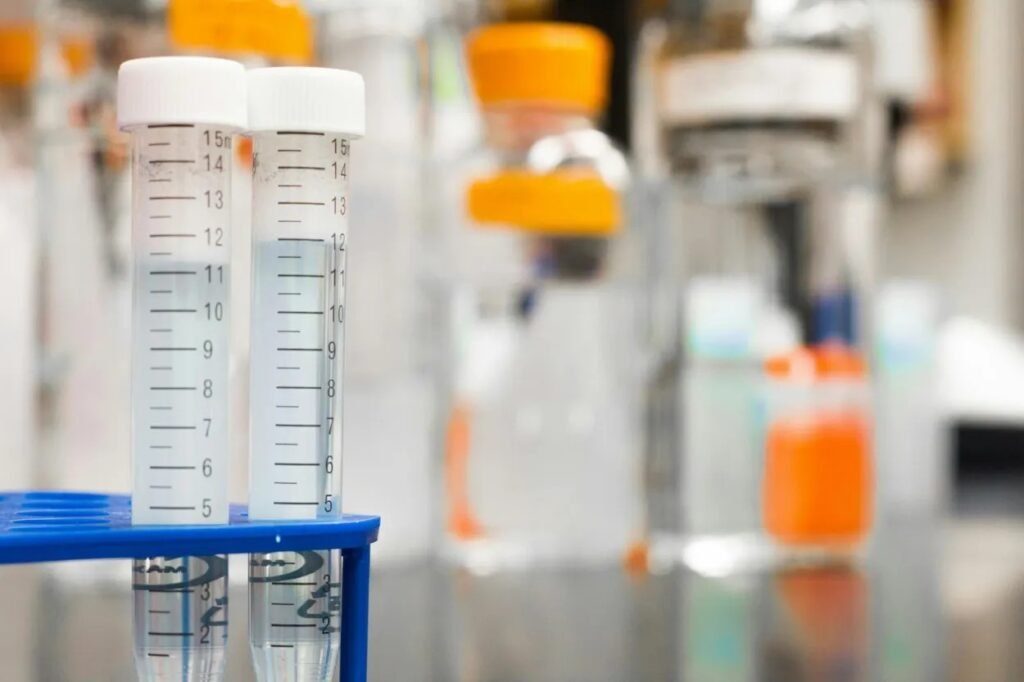Biotechnology dates back to humanity’s naturalistic knowledge, knowledge that has been applied thanks to the evolution of science and technology over millennia and centuries. In a sense, biotechnology is the science of life. Today, its fields of application are multiple, with the number of biotechnology companies increasing significantly in the last decade, offering interesting professional opportunities.

Biotechnology: What is it and how does it work?
The term ‘biotechnology’ combines the nouns ‘biology’ and ‘technology’, where the former designates the study and knowledge ( logos ) of living beings ( bios ) and the latter ( techné ) the application and use of technical tools. The expression first appeared in 1917 by a Hungarian engineer used it in reference to the processing of certain agricultural products.
Traditional biotechnologies include all productive technologies used for millennia and refer, in particular, to the use of living organisms such as bacteria, yeast, plant cells, or animal cells. Examples of traditional biotechnologies include milk transformed into cheese and grape juice converted into wine, among others. However, their use dates back to a time when neither biology nor biotechnology was yet known.
One of the first official definitions comes from the European Federation of Biotechnology (EFB), which, in 1982, referred to the integrated use of microbiology, biochemistry, genetics, and chemical engineering “for the purpose of obtaining applications of microorganisms and other cellular systems for the production of compounds of interest or for clinical therapies.”
Among the many subsequent definitions, the most comprehensive is that contained in the Convention on Biological Diversity, an international treaty adopted in Nairobi in 1992. According to this definition, biotechnology, or biotechnologies, to refer to the plurality of technologies developed and their respective fields of application, is: the technological application that uses biological systems, living organisms or derivatives thereof, to produce or modify products or processes for a specific purpose.
While it is true that the OECD (Organisation for Economic Co-operation and Development) distinguishes four macro areas in innovative biotechnologies (pharmacology, medicine and diagnosis; agriculture, veterinary medicine and animal husbandry; bioindustry; and the environment), it is also true that the fields of application of biotechnology are multiple, so much so that each sector has sub-branches and more than one variant.
The intersection between pharmacy and biotechnology
Medical biotechnologies represent the branch of biotechnology dedicated to the discovery and development of active ingredients, the production of vaccines, and the development of new techniques for analyzing and diagnosing diseases and their respective gene and cell therapies. More specifically, they apply biochemistry, microbiology, and genetic engineering to the production of goods and services in the medical-pharmaceutical field, for the diagnosis and treatment of diseases. This is the connection and intersection between pharmacy and biotechnology, from which two sub-branches of study derive: molecular biotechnologies and cellular biotechnologies.
From the perspective of the professions involved in the development of this sector, the role of the pharmaceutical biotechnologist has become increasingly established over the years, operating in the field of medical biotechnology. When employed in research, they are dedicated to the discovery, extraction, and manufacturing of active ingredients, the production of vaccines, and the development of new medicines. When working in pharmaceutical companies, they design, manage, and control industrial processes for the production and quality control of biotechnological or innovative medicines.
Regarding the academic training of a pharmaceutical biotechnologist, a bachelor’s degree in pharmacy is required, followed by a specialization in biotechnology, which can be improved through an MBA in healthcare and pharma. This opens the door to the best job positions in this constantly expanding field.
Biotechnology applied to the pharmaceutical industry
Research into new therapies is the main segment of medical biotechnology. In this regard, we recall the transgenic insulin produced through recombinant DNA (a DNA sequence obtained artificially by combining genetic material from different sources), inserting the human gene into a bacterium, Escherichia coli, to obtain quantities of insulin identical to that produced by humans.
Before the discovery of transgenic insulin production, insulin was extracted from the pancreas of pigs and cattle and was often rejected by patients. Insulin produced through medical biotechnology, which uses human genes and is fully tolerated, was first developed in 1977 thanks to the work of two American scientists and became commercially available in 1982.
It was the first patent filed for a drug obtained using genetic engineering techniques, approved by the US Food and Drug Administration (FDA), the US government agency that regulates food and pharmaceutical products. Later came growth hormone (somatotropin) for the treatment of certain forms of dwarfism, interferons to combat some viruses and reverse tumors, and industrial-scale antibiotics and vaccines.
Modern Biotechnology: New Frontiers in Science and Medicine
In the medical field, biotechnologies have achieved significant progress, contributing to increasingly early and specific diagnoses, which is essential for all types of pathologies. In fact, the application of biotechnologies in diagnosis is leading to the development of increasingly precise and less invasive methods, increasingly moving toward predictive and personalized medicine, which opens the door to implementing specific, tailored medical treatments.
Advances in modern biology in DNA research and the successes of genetic engineering represent new frontiers in science and medicine. The field of gene therapy is perhaps the most fascinating segment: conceived following advances in molecular biology and genetic engineering since the 1980s, it involves transferring one or more healthy genes into a diseased cell to cure a pathology caused by the absence or defect of one or more genes.
For tumor therapy, the possibility of transferring certain genes into tumor cells to cause their death or block the altered mechanism that causes the disease is being studied. Numerous research and experiments are underway, focusing on pathologies such as muscular dystrophy, cystic fibrosis, hemophilia, diabetes, metabolic diseases, neoplasia, cardiovascular diseases, and neurodegenerative diseases. Expectations are high. We can only wait and see.
